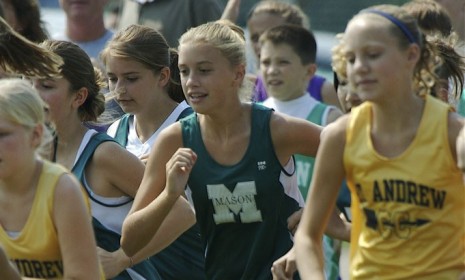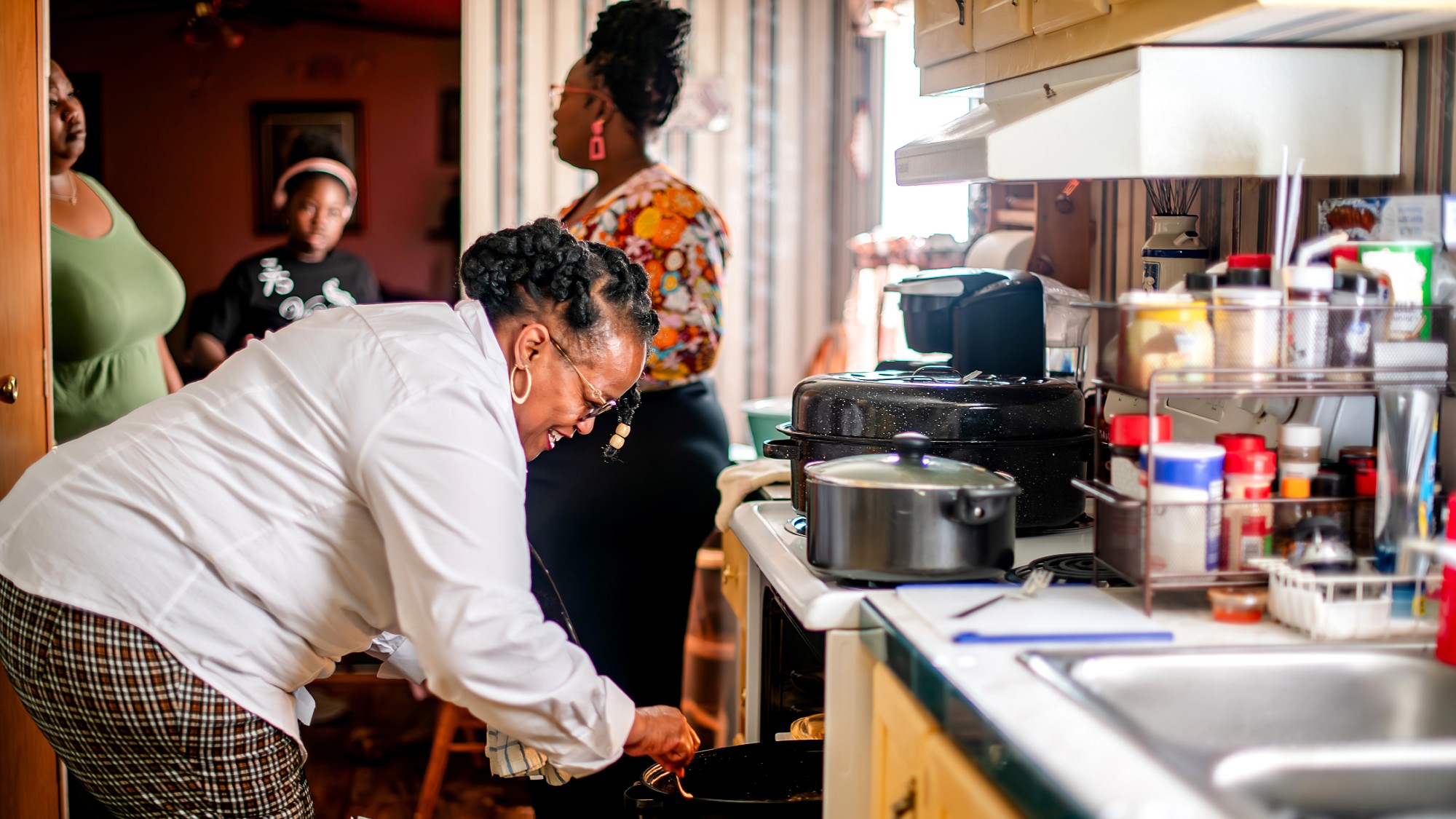Are parents endangering kids by letting them... run?
A new study finds the number of children injured while running has increased sharply in recent years. What's going on?

With the U.S. fighting a childhood obesity epidemic, most parents, teachers, and health officials agree that it is important to have kids get outside and play more. But a new study by the Center for Injury Research and Policy ironically suggests that exercise is fraught with potential health dangers, too; the number of children who were injured while running increased dramatically in the last decade. Here's a quick guide to the study, and what parents and teachers can do to keep kids safe:
What are the stats exactly?
Reports of running-related injuries suffered by kids between the ages 6 and 18 increased by 34 percent between 1994 and 2007. There were an estimated 225,344 such injuries requiring treatment in hospital emergency rooms during that period, about 16,000 per year on average. Most of the injuries were sprains and strains involving the legs — only about one-third resulted from falls. Smaller children are more likely to be hurt in falls, which can cause broken bones and cuts.
The Week
Escape your echo chamber. Get the facts behind the news, plus analysis from multiple perspectives.

Sign up for The Week's Free Newsletters
From our morning news briefing to a weekly Good News Newsletter, get the best of The Week delivered directly to your inbox.
From our morning news briefing to a weekly Good News Newsletter, get the best of The Week delivered directly to your inbox.
Why are so many kids getting hurt?
One of the main problems is that too few children are coached in how to exercise safely. It's important for anyone, at any age, to use proper form, stretch, and avoid overworking muscles. Coaches and physical-education instructors could help avoid injuries, says Lara McKenzie, the principle investigator in the study, if they had better guidelines for teaching "the proper way to run in order to reduce the risk of injury."
What can parents do?
"Encouraging children and adolescents to run for exercise is [still] a great way to ensure that they remain physically active," says McKenzie. But simply sending them out to run and exercise without proper instruction can do more harm than good. Sign kids up for organized sports programs that fit their abilities, suggests the National Institutes of Health: "Teach your children to follow the rules and to play it safe when they get involved in sports, so they'll spend more time having fun in the game and be less likely to be sidelined with an injury."
A free daily email with the biggest news stories of the day – and the best features from TheWeek.com
Sources: U.S. News, UPI, Huffington Post, National Institutes of Health
-
 7 bars with comforting cocktails and great hospitality
7 bars with comforting cocktails and great hospitalitythe week recommends Winter is a fine time for going out and drinking up
-
 7 recipes that meet you wherever you are during winter
7 recipes that meet you wherever you are during winterthe week recommends Low-key January and decadent holiday eating are all accounted for
-
 Nine best TV shows of the year
Nine best TV shows of the yearThe Week Recommends From Adolescence to Amandaland